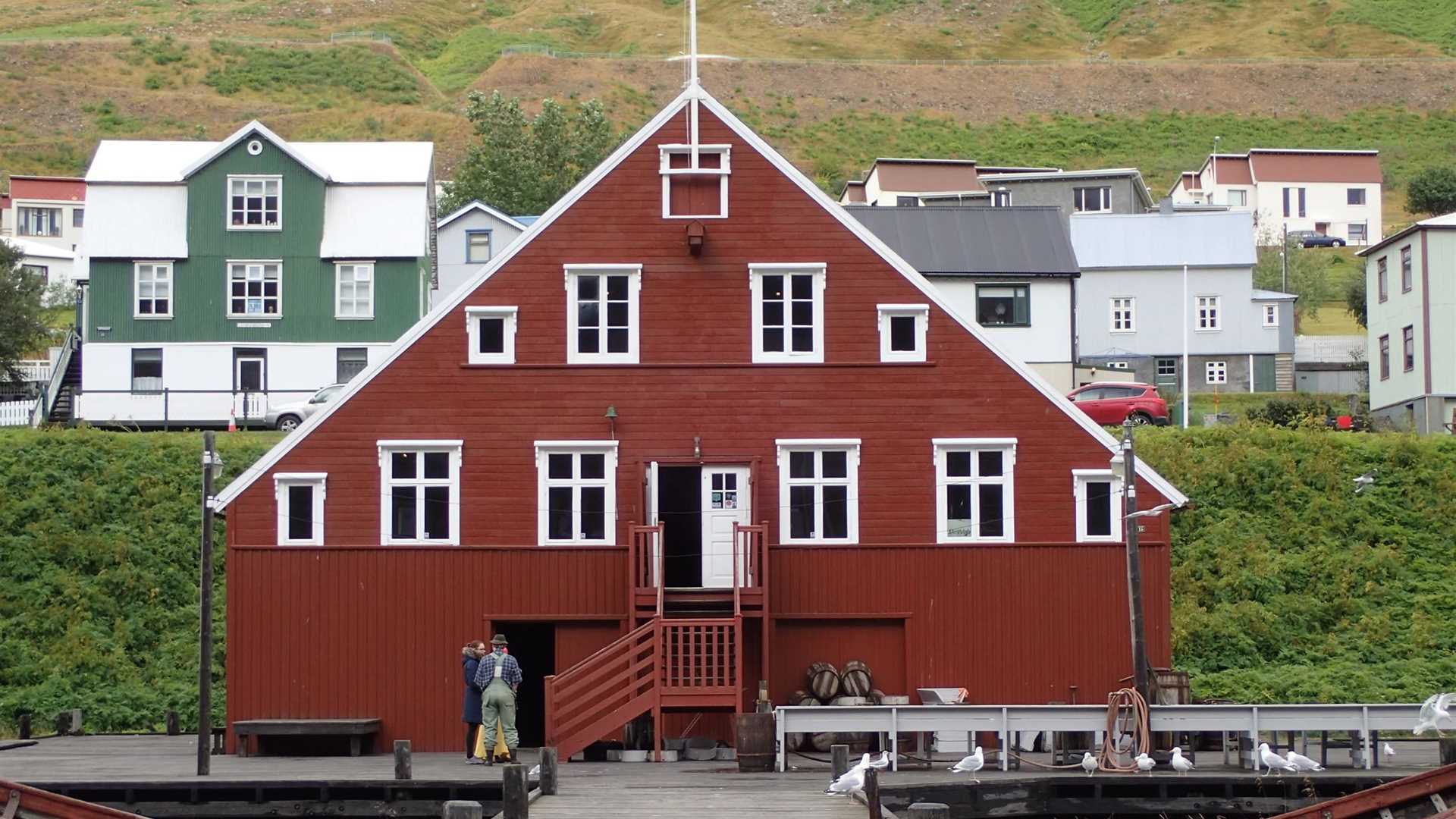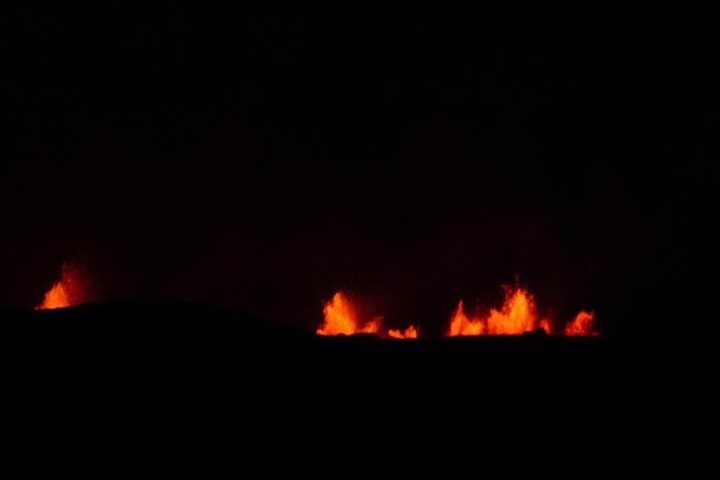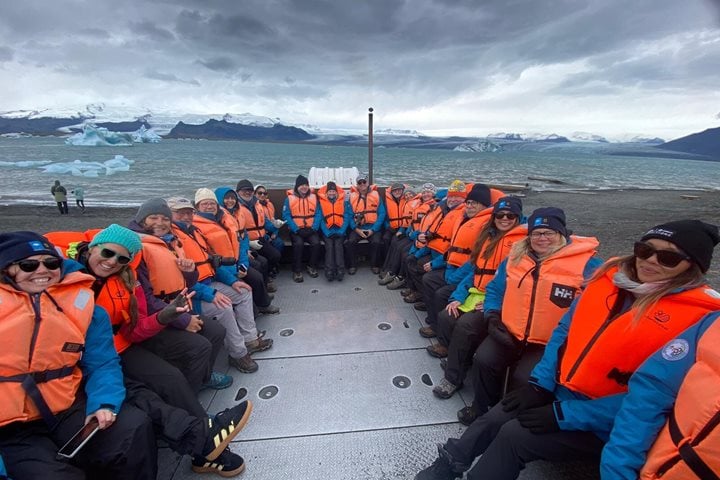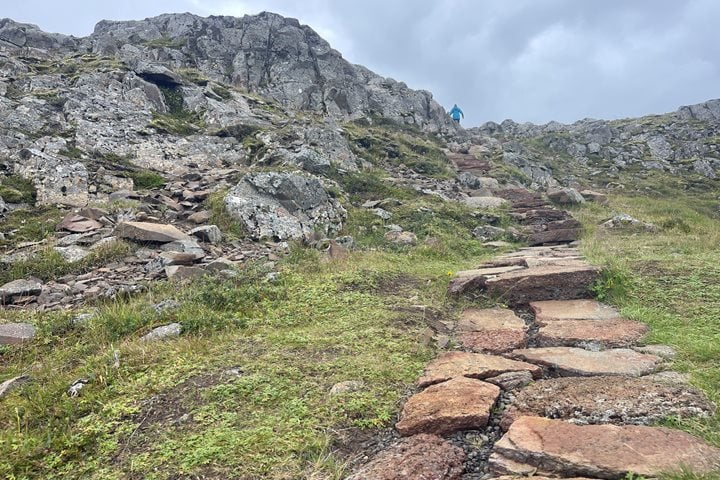Early this morning, a low ceiling of gray cloud hung above National Geographic Explorer as we approached our berth in the picturesque town of Siglufjordur on the northern coast of Iceland. With appetites satiated in the wake of a wonderful breakfast, we made our way to the local museum dedicated to the erstwhile booming herring fishing industry. At its height in the 1940s and ’50s, the importance of this fish to the town and its hinterland gave the region its nickname—Sildarbaerinn—which translates as “herring town.” The massive quantities landed led to a boom, which saw Siglufjordur expand rapidly as workers by the hundreds flocked here, eager to benefit from employment.
The museum complex consists of three individual buildings, each of which details a different aspect of the herring industry and celebrates its history and legacy. Our visit began with a lively re-enactment by a group of “herring girls” at the salting station called Roaldsbrakki. Animated and earthy, the women displayed their consummate skills of gutting and salting herrings amid a veritable barrage of smile-inducing banter. In smaller groups, we visited Grána, the 1930’s fish oil- and meal-production factory as well as a reconstruction of the town’s once-thriving quaysides located inside a large building aptly named The Boathouse. An added treat was a tasting of a variety of the town’s famous pickled herrings and rye bread with a small quaff of aquavit. On the way back to our ship, we dropped into the Folk Music Museum where we gained insight into the current revival of this aspect of Iceland’s culture. Some of our fellow passengers headed off for a horseback riding and re-joined us later at our next port of call, Akueyri.
Known as the Capital of the North, Akueyri sits at the head of Eyjafjordur and is the place where the Vikings first overwintered in Iceland in 860. A ship captained by a Norwegian called Gardar had been blown off course on its way to the Faeroes. They sighted land. Gardar and his crew successfully circumnavigated the island and brought back accounts of rich grazing land in the Western Fjords. The settlement of Iceland by the Vikings was to follow.
We spent a relaxing afternoon in the town, exploring its famous Botanical Gardens and shops. After our evening meal, there was a very special musical event on board. Three separate Icelandic acts performed simultaneously in different locations on the ship while guests moved from one to the other. A memorable end to our day on the northern coast of Iceland.







